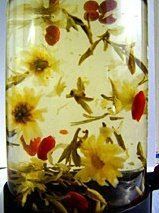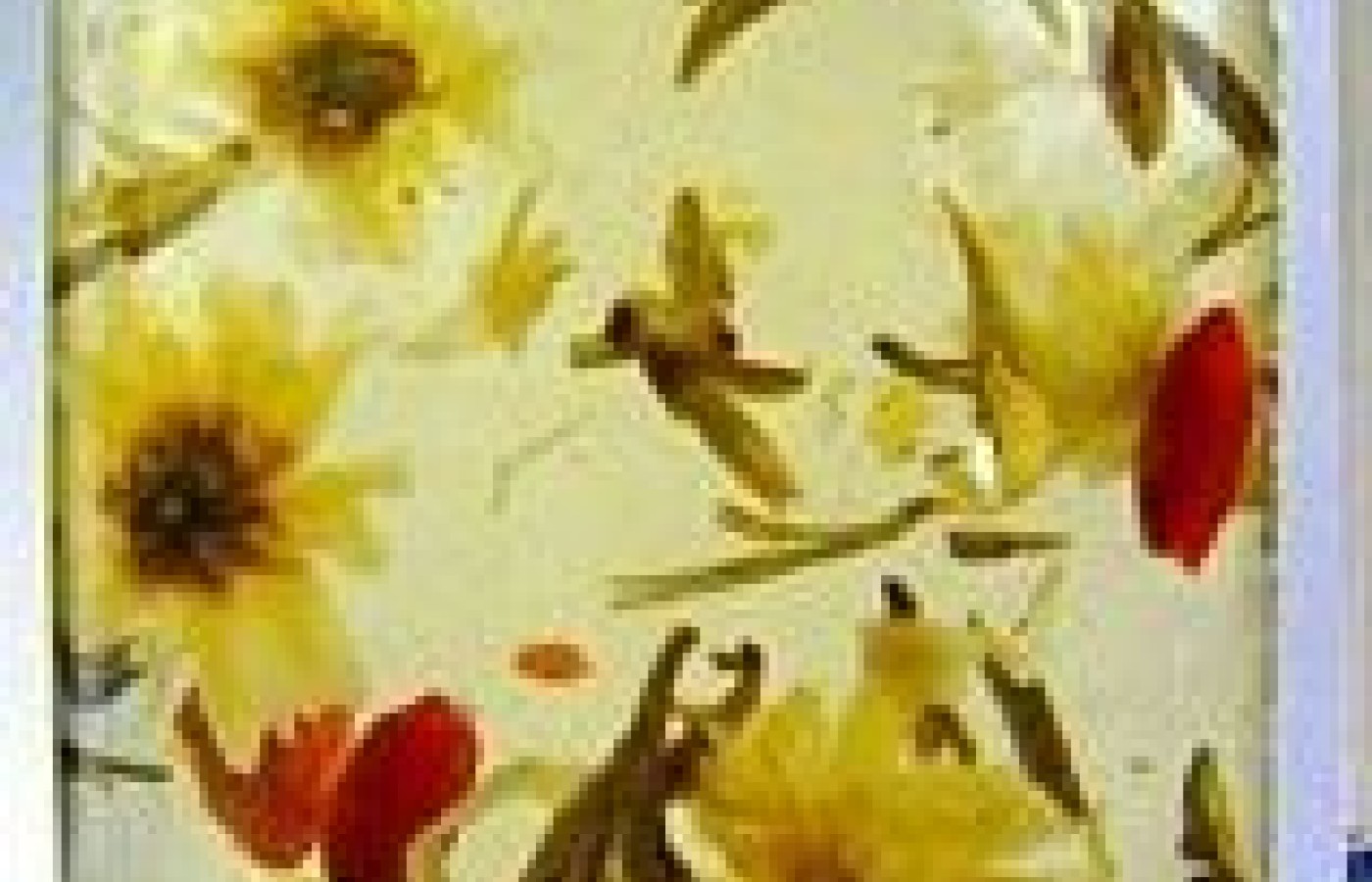Whether you accept it, avoid it or live somewhere in between, insurance coverage has become a defining issue for our profession. Patients increasingly expect to use their benefits, practitioners want to be compensated fairly for their time and expertise, and the system itself remains – at best – fragmented. The encouraging news is that coverage has expanded in meaningful ways. The challenging news is that reimbursement, across the board, remains inadequate.
Lu Cha Use in Traditional Chinese Medicine: Green Tea Formulas to Beat the Heat
"Beat the heat" this summer with green tea! The summer heat is almost upon us, affecting primarily our exterior upper body, as well as our lungs, pericardium, heart, liver and intestines. Green tea, known as lu cha, is very popular and is commonly drunk throughout China during this season to combat invading heat.

The most famous lu cha variety is named long jing (dragon well). It originates from the Westlake Village area outside of Hangzhou, in Zhejiang Province in central China. There are now several hybrids of this variety of camellia sinensis, and it is commercially grown in many areas both inside and outside of Zhejiang Province. The exceptionally sweet, nutlike mellow flavor of the Westlake Village leaf is highly prized, and does not taste bitter (compared to other hybrids which are very disease-resistant). Many other varieties, such as bi luo chun, mao feng, yun wu, etc., are also plentiful, and delicious as well.

Lu cha may be brewed by itself to cool down the body's exterior and interior. It is also commonly combined with other herbs to enhance its cooling effect. Jue hua (chrysanthemum flower) is the most common additive (which is also brewed by itself). Gou qi zi (lycium or Chinese wolfberry) is added for its ability to nourish yin. Chen pi (citrus peel) is added for its downward-regulating action on the intestines. (The use of these herbs, plus gan cao [licorice], is served at the end of a night on the town!) Other herbs to consider adding to your brew that will not detract too much from the taste are bo he (mint), jie geng (platycodon), or a hint of qing hao (artemisia or Chinese wormwood).
A word of caution for individuals with tendency towards cool or cold center (Stomach). Consuming large amounts of green tea, especially long jing, can over-cool the center, resulting in diarrhea, etc. Adding sheng jiang (ginger) makes a great tasting beverage, and can counteract this negative effect. (This combination is sold in teabag form at many local markets.)
Have a cool summer!



